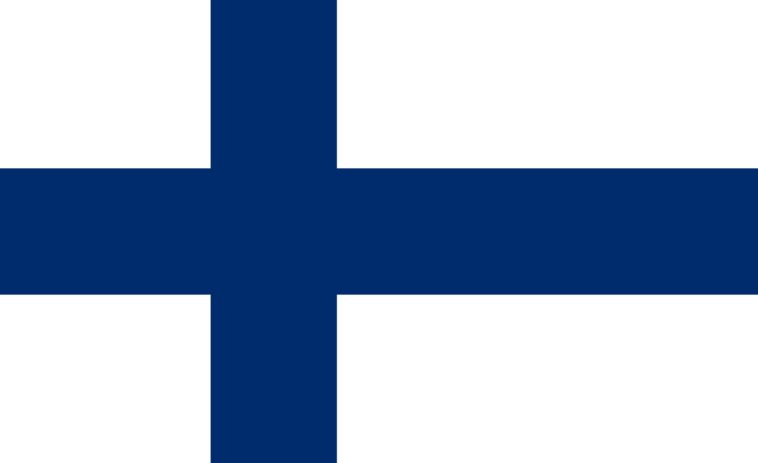Finland, formally known as the Republic of Finland, is a nation in the Northern European area of Fennoscandia. It shares its boundaries with Sweden on its western side, Norway to the north, and Russia in the east. To its south, across the Gulf of Finland, lies Estonia.
Geographical Coordinates:
- Latitude: 61.9241° N
- Longitude: 25.7482° E
Climate:
The climate is classified as a cold oceanic to subarctic climate, characterized by cold winters and mild summers.
Population:
Approximately 5.4 million people reside in Finland.
GDP:
The Gross Domestic Product was $268.3 billion as of 2019.
Official Languages:
Finnish and Swedish
Currency:
Euro (€)
Religion:
Lutheran Christianity is the dominant religion, but freedom of religion is observed.
Continent:
Europe
Table 1: Basic Geographical and Demographic Information of Finland
H5: Information Categories
| Information Categories | Details |
|---|---|
| Latitude | 61.9241° N |
| Longitude | 25.7482° E |
| Climate | Cold Oceanic-Subarctic |
| Population | 5.4 million |
| GDP | $268.3 billion (2019) |
| Official Languages | Finnish, Swedish |
| Currency | Euro (€) |
| Religion | Lutheran Christianity |
| Continent | Europe |
Population Distribution and Density
Though Finland has an approximate population of 5.4 million, most of these residents are concentrated in the southern parts of the country. Regarding landmass, Finland ranks as the eighth-largest nation in Europe. However, it holds the title for being the least densely populated member of the European Union. The disparity in population density is stark when one moves from the urbanized south to the sparsely populated north, which is mainly characterized by its expansive wilderness areas.
Economic Structure and GDP
The Finnish economy is largely market-based and highly industrialized. Major sectors include Information Technology, manufacturing—particularly machinery, chemicals, metals, and timber. In terms of Gross Domestic Product (GDP), the country had a GDP of approximately $268.3 billion as of the year 2019. This places Finland among the world’s most developed countries, featuring a high standard of living and excellent public services.
Table 2: Economic Indicators of Finland
H5: Indicator Types
| Indicator Types | Details |
|---|---|
| Economic System | Market-based |
| Major Industries | IT, Manufacturing |
| GDP | $268.3 billion (2019) |
Linguistic and Cultural Landscape
Finnish and Swedish are the two official languages of Finland, with the majority of the population speaking Finnish. The country has a rich cultural heritage that encompasses literature, music, art, and a strong tradition of design, epitomized by brands like Marimekko and designers like Alvar Aalto.
Religion and Social Structure
The predominant religion in Finland is Lutheran Christianity, although the country observes freedom of religion. Various other faiths are practiced by smaller segments of the population, including Orthodox Christianity and Islam. The Finnish social structure is egalitarian, underpinned by principles like gender equality and social welfare.
Conclusion
In summary, Finland is a Northern European country situated in the Fennoscandian region. It shares its borders with Sweden, Norway, and Russia and has Estonia to its south across the Gulf of Finland. With a population of around 5.4 million mainly concentrated in the south, Finland is the least densely populated EU member state. Economically, it is highly developed with a GDP of $268.3 billion as of 2019 and has a robust market-based economy focused on sectors like IT and manufacturing. Finnish and Swedish are its official languages, and Lutheran Christianity is the dominant religion. The country is part of the continent of Europe.





